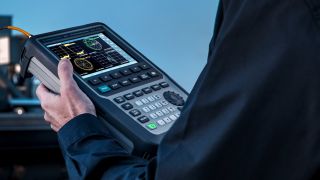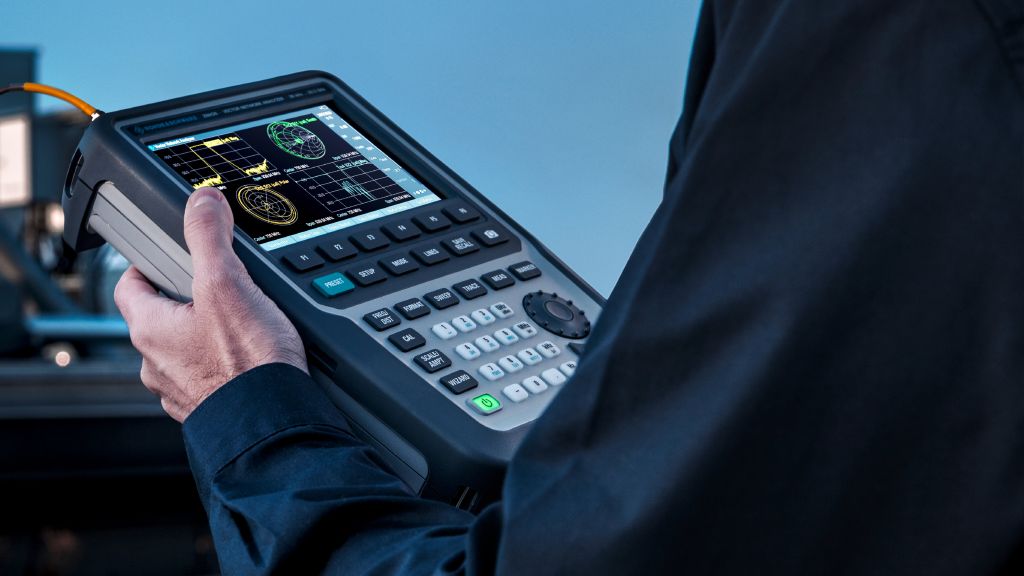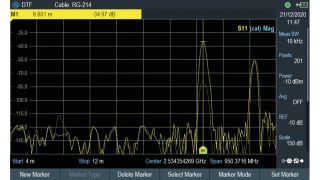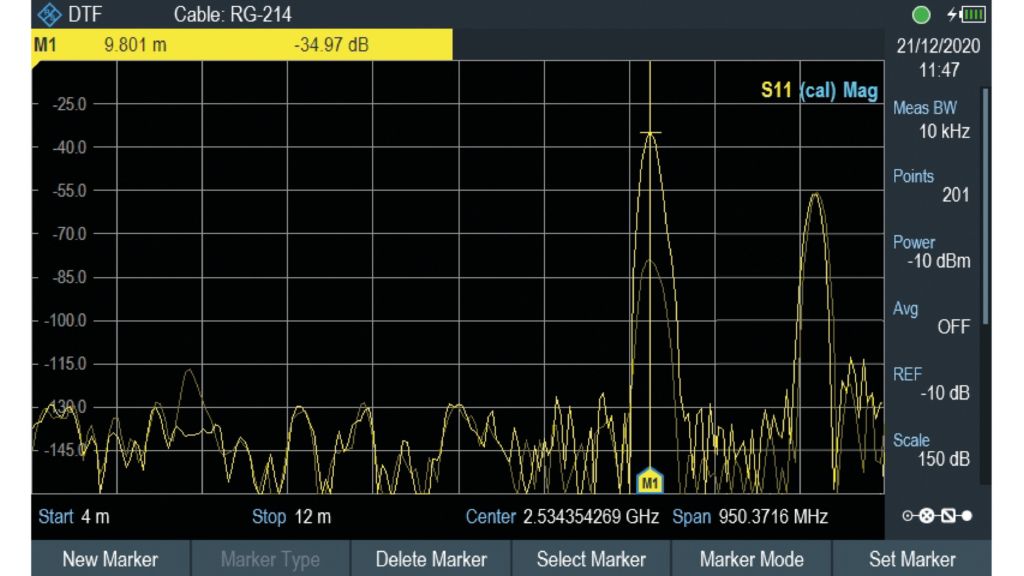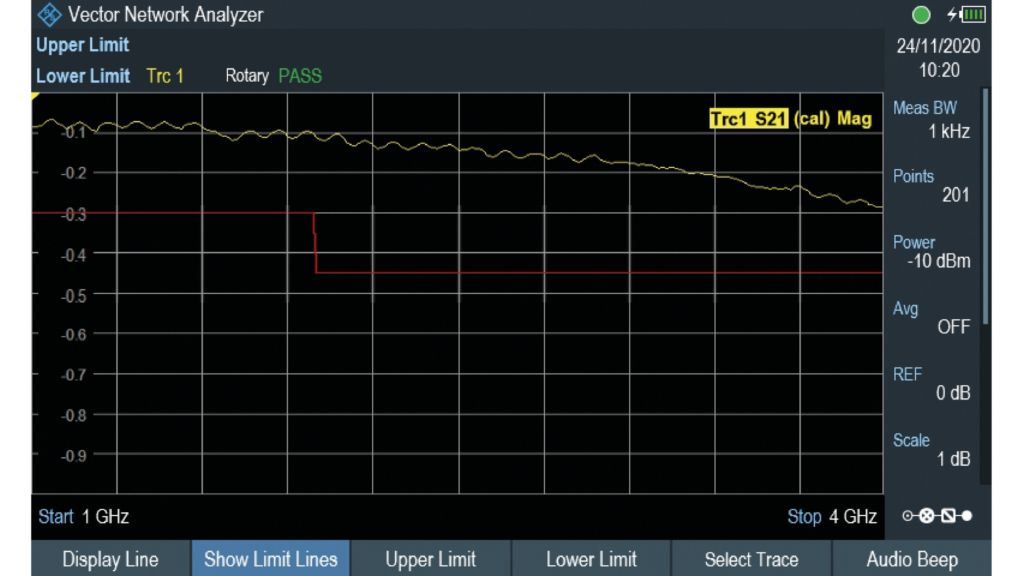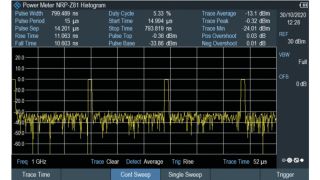Radar remote site maintenance measurement with the R&S®ZNH
A radar system typically operates 24 hours with minimal downtime. Maintaining the operation of such a system requires fast identification of any defects in the system components. The R&S®ZNH handheld vector network analyzer helps field engineers quickly and reliably maintain radar systems to minimize downtimes.



